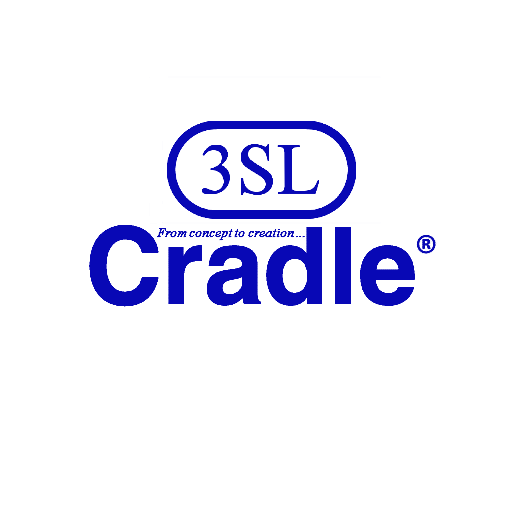Requirements management mastery is a process of ensuring that the goals of any project or endeavour are successfully realised, are timely and that waste, avoidable redundancy and “feature creep” are eliminated. Managing the requirements of any project throughout the lifecycle of that project is essential to save time, money, effort, resources and successfully arrive at the business goal. For this reason, requirements management mastery must be a key focus of all projects.
Following the steps ahead, any project will stay on track, save money and deliver what the client needs as the process itself ensures that outcome. Requirements management mastery is a goal that your business will thrive from.
Rule One: Design the Requirements to be of Most Use
Ensure that all requirements derived from the client are SMART:
- Specific
- Measurable
- Attainable
- Realisable
- Traceable
Rule Two: Manage the Requirements
Identifying the user’s needs, through user’s needs statements which are then processed to be Specific, Measurable, Attainable, Realistic and Traceable, are used to create user requirements, then system requirements should be developed from these user requirements. These ought to be linked to maintain full traceability and coverage throughout the project lifecycle and store all the requirements in a central requirements repository. Cradle is designed from the ground up to manage all requirements with full coverage and traceability, end-to-end, backwards and forwards through its unique transitive linking mechanism for full traceability and coverage from every requirement to every outcome, and from every outcome back to every requirement.
Rule Three: Ensure Constraints are Accounted for
Non functional and non system requirements such as for legal or regulatory compliance must be accounted for and this is useful for ensuring quality is maintained and indeed, built into the system.
Rule Four: Model Requirements
Various modelling tools (built into Cradle) are very useful for understanding requirements in a broader and more understandable way. It can reduce ambiguity and create a much better understanding of how requirements can be achieved.
Step 5: Test Requirements
Ensure that requirements can be tested, through test cases, tests, test results all linked transitively back to the requirements being tested. Cradle’s TEST module (Test, Execution & Recording (TER)) allows you to directly link Test Cases to your requirements, needs, or design elements. You can then define Test Plans and Test Executions to group and run these tests and the tool will record the Test Results against each Test Step.

Rule Six: Be Aware of Business Needs
By analysing business needs, requirements can be optimised to ensure that essential stakeholders are made aware of opportunities to enhance the business and improve innovation.
Rule Seven: Ensure that Changes are Controlled
During any project lifecycle, changes occur which impact requirements. Having tools that manage those changes, tracks them through full traceability and coverage and notifies stakeholders of which parts of the project are impacted by those changes, gives the business a clear advantage, reducing errors, saving time and lots of money.
Rule Eight: Monitor and Track Metrics and Trends
Make use of Cradle to ensure that metrics are identified and learned from. Continuous improvement in requirements definitions and utility leads to better implementation.
Rule Nine: Keep a Repository of Good Requirements
Ensure that a repository of requirements is stored for future analysis and learning. These can be reused or used as templates in the future. Especially non-functional requirements relating to compliance with government or legal standards.
Rule Ten: Ensure that Requirements are Reused
Save time, money and effort by reusing requirements that are still useful. Why re-invent the wheel? Requirements that have been used before will hold useful lessons. Were they changed, amended? Why? What was learnt? Cradle’s Adaptations for reusability is very useful here.









